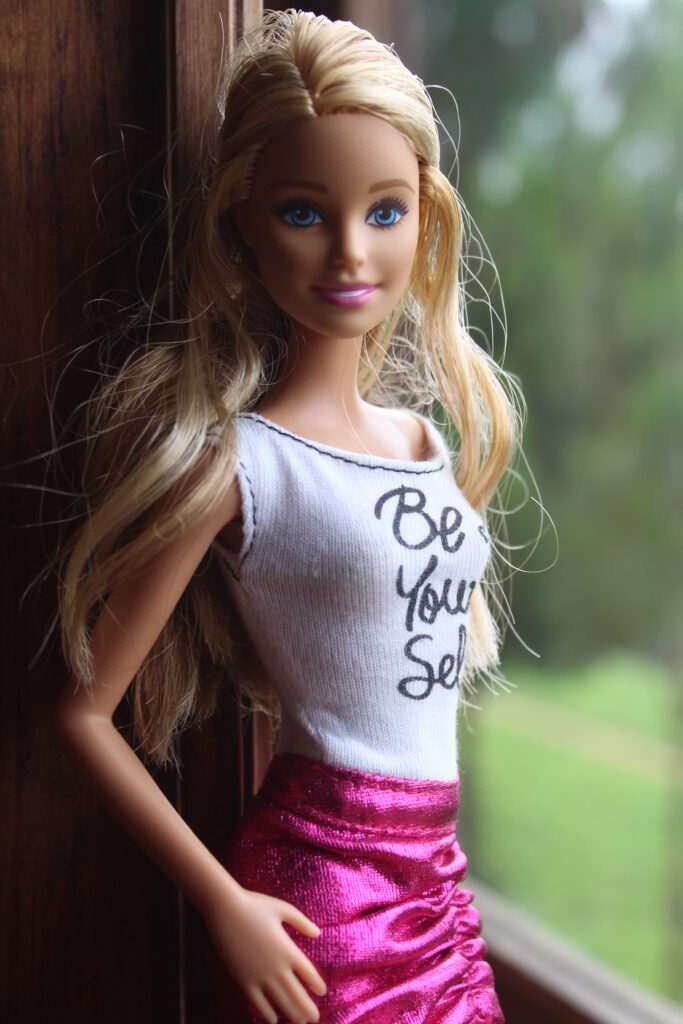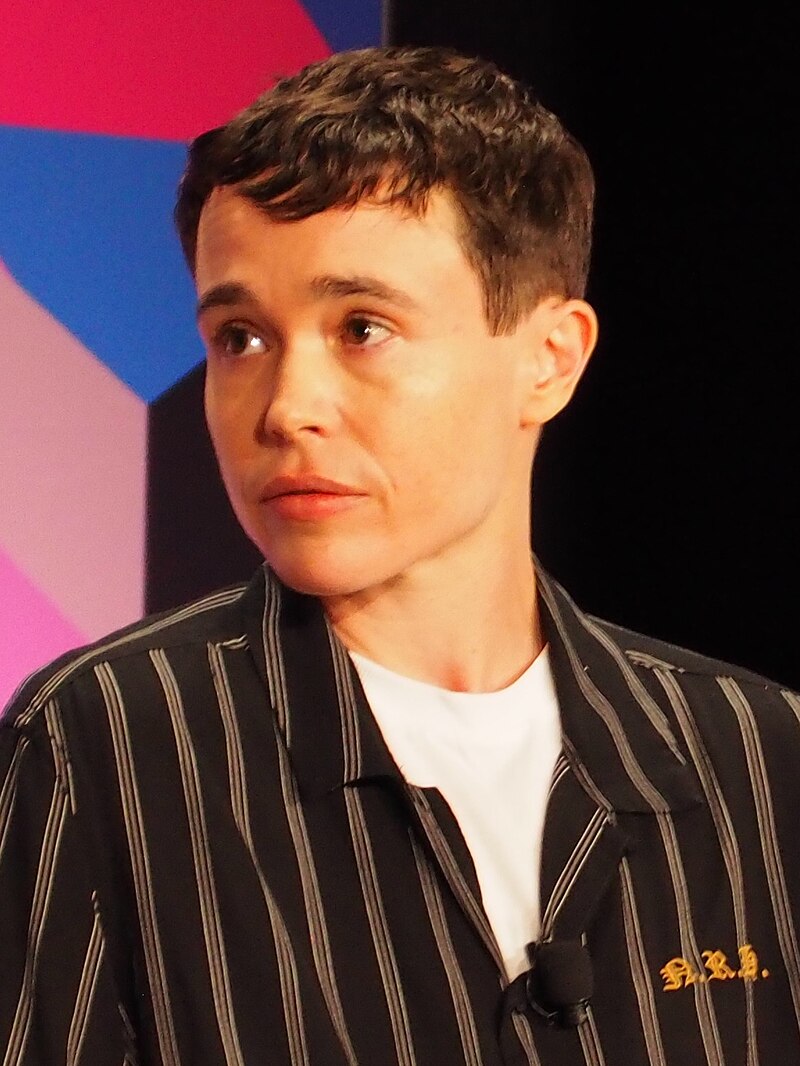The Barbie movie has been one of the most highly anticipated and top grossing films of the year. The film is projected to make over $1 billion in box office sales as it heads into the third weekend in theaters. Barbie has always sparked complex conversations around sexism, misogyny, and feminism. Regardless of personal feelings about Barbie or the movie, the doll is one of the most iconic toys in American history. The Barbie movie is a collaboration between Warner Brothers Studios and toy brand Mattel. Mattel created Barbie in 1959. Since then, Mattel has sold an estimated one billion Barbie dolls. Since Barbie’s inception, she has been a lighting rod for controversy and political and social critique.

It is expected that the release of the Barbie movie will spark a renewed interest in the plastic toys. Environmental activists fear that this may lead to an uptick in purchase of the dolls which could lead to an increase in plastic pollution. A hoax involving Barbie and environmental activist Daryl Hannah also recently made headlines. Now, Barbie’s environmental impact may be the newest legacy of the most popular doll in the world.
Barbie’s Environmental Impact
In 1997, Danish-Norwegian Europop band Aqua released their hit single “Barbie Girl.” An earworm for much of the late 90s and early 2000s, the song contained the now entrenched lyrics “I’m a Barbie girl in the Barbie world/ Life in plastic, it’s fantastic.” While Mattel sued Aqua over this song and the accompanying music video in an attempt to defend Barbie’s image (the judge in the case ruled in favor of the band and advised Mattel to “chill”), they later licensed the song and used it (albeit with more family-friendly lyrics) in a 2009 commercial. A version of the song also appears in the 2023 Barbie movie.
Safe to say, Mattel has embraced this song which highlights Barbie dolls’ signature material. While the company has made some positive strides (more on this later), Barbie, her friends, and her accessories are typically made of an assortment of plastics. This is not uncommon in the toy industry, which is extremely plastic heavy. 90% of toys in the United States are made from plastic components. Additionally, most toys cannot be recycled because of the nature of the plastics used in their production.
The dangers of plastic are widely known at this point. Plastic does not decompose, meaning that once it is made, it stays in the environment forever. It leeches harmful chemicals, poses threats to wildlife and biodiversity, is extremely harmful to human health, and disproportionately affects marginalized or developing communities. Additionally, plastic is most often made from fossil fuels whose extraction and processing poses extreme threats to the earth’s environment. Even biobased plastics may not be as environmentally friendly as their manufacturers would like us to believe.
Barbie production also releases greenhouse gasses which contribute to global warming. Since Barbie’s release, millions of dolls have been sold each year. Research shows that each doll produces 660 grams of carbon emissions. That’s a lot of emissions produced by a single toy!
Barbie Hoax
A recent hoax involving Barbie helped to highlight the environmental ramifications of the doll. Environmental activist Daryl Hannah, satirists the Yes Men, and the Barbie Liberation Organization banded together to pull off the elaborate hoax. A video starring Hannah and titled “Plastic Free With Daryl Hannah” was released. In the video, Hannah announces a partnership with Mattel and the company’s commitment to going completely plastic free by 2030. She also announced that the company would be making plastic-free Barbies modeled after famous environmental activists, including Hannah herself. This line was called the MyCelia EcoWarrior Barbie. The hoax was complete with a realistic website and press release that seemed to confirm the information in the video.
The news was even reported on by a few major news organizations before the trick was revealed. However, a Mattel representative quickly released a statement confirming that this was a hoax and that Hannah was not connected to Mattel.
Nevertheless, the stunt seems to have achieved the goals of the organizers. Plastic pollution is a critical and timely issue currently facing our world. This hoax helped to draw attention to the role that toys like Barbie play in plastic pollution and will hopefully encourage people to be more conscious consumers and avoid plastic.
Okay, So Is Mattel Doing Anything to Curb Barbie’s Plastic Footprint?
While Mattel is not going plastic free, the company has committed to using 100% recycled, recyclable, or biobased plastic by 2030. They also will maintain 95% recycled or Forest Stewardship Council certified content in wood and paper products. Lastly, they will reduce plastic packaging by 25%. Mattel has also already released several Barbie dolls made from recycled plastics. These include the Barbie Loves the Ocean Doll which is made from 90% recycled, ocean-bound plastic. Another release is a doll modeled after Dr. Jane Goodall, also made of ocean-bound plastics. While these steps represent movement in a positive direction, recent reports and studies have highlighted the inefficiency of plastic recycling. Instead, it is more beneficial to reduce plastic use and reduce demand, thus keeping it out of the environment in the first place.
Get more like this—Sign up for our daily inspirational newsletter for exclusive content!
__
Photo: Sandra Gabriel via Unsplash




